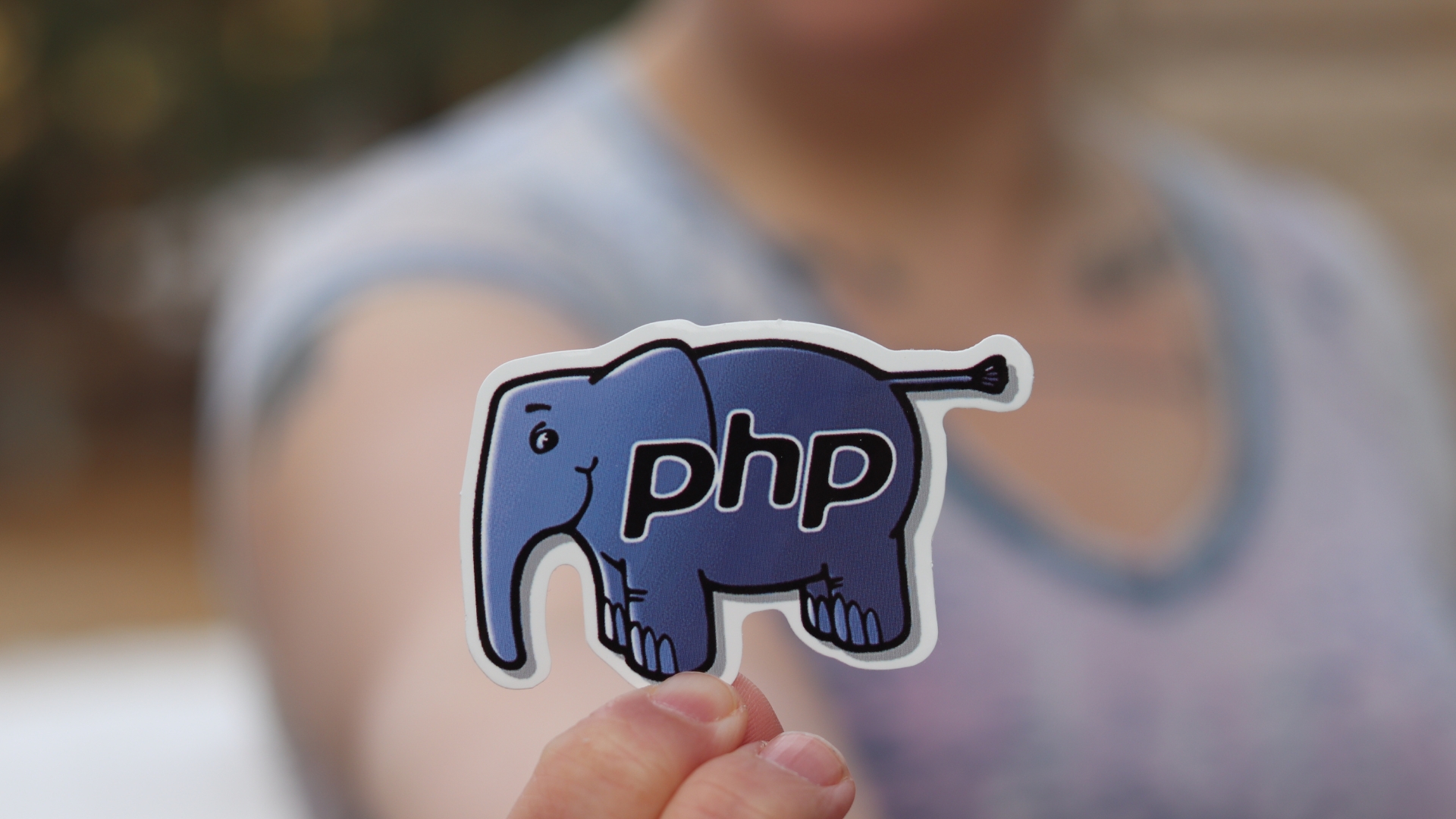“If you want to understand change and innovation, it’s about people, period” said Michael Shank, Professor of Classics at Stanford, emphasizing the fact that innovation is never about things, it’s about people.
The mindset that aims to improve the situations of people through the experience they have, has been developed as Design Thinking, which is a problem-solving method particularly used in the world of technology. It has been mentioned several times in history as a creative approach to problem-solving and it was adapted for business purposes by David Kelly who founded the design consultancy – IDEO in 1991. Today, Design Thinking is applied to almost every modern field in the industry. People have extracted the basic components of Design Thinking and used them to design complex products such as MRI machines and software, and also services such as air travel, business consulting and customer service. Stanford’s D School is one of the 1st organizations to formalize comprehensive design thinking into a curriculum.
As a designer, an entrepreneur or any kind of an employee, the key to progress and success is always the ability to innovate and bring forward actionable and effective ideas. That’s where Design Thinking comes into play for your role in the world of business and technology. Let’s assume that you have been asked to design a coffee machine. If you solely look at a solution before looking at the user, you would take it as a thing, whereas according to Design Thinking, your approach should be the experience for the user.
What does it mean by “An experience”?
 Recall the last time you grabbed a hot coffee, tea or hot cocoa and relive the feeling you had while tasting it. Maybe you wanted an energy boost, wanted something to keep yourself warm on a freezing cold day or a comforting chat with your loved ones. Whichever one it was, the atmosphere, the feeling you had while having the hot beverage, is what it made the experience for you.
Recall the last time you grabbed a hot coffee, tea or hot cocoa and relive the feeling you had while tasting it. Maybe you wanted an energy boost, wanted something to keep yourself warm on a freezing cold day or a comforting chat with your loved ones. Whichever one it was, the atmosphere, the feeling you had while having the hot beverage, is what it made the experience for you.
With the Design Thinking mindset, let’s go back to your role as a coffee machine designer. It requires considering a person’s experiences in order to focus on human needs. The user doesn’t inherently care about the structural parts or the inner workings of a coffee maker. Hence, you have to focus on thinking of ways for the user to achieve the task – perfect mixing of ingredients, quick pick me up and warmth.
Let’s dive in and thrive on becoming a design thinker.
Design Thinking in action
Design Thinking as an ideology and a process both, focuses on solutions that are: Technically feasible, economically viable and desirable by the user. When bringing life to this ideology, it starts with building empathy towards the user, which you might now confuse with UX. One unique and distinguishable feature of the approach is that it addresses Wicked Problems as well; highly complex scenarios that refuse standard methods and approaches to arrive at a solution such as a climate change, poverty.
Principles of Design Thinking
As a whole, the principles discussed in Design Thinking can be phrased as, ensure you’re keeping your user in mind, collaborating in a diverse team and continuously trying to improve your solutions. These principles are pivotal to design thinking and guides the day-to-day work.

Focus on User Restless Invention Diverse Empowered Teams
- Focus on User Outcomes
Based on the fact that DT focuses on responding to human needs and user feedback, this principle guides to see people as the drivers of innovation. Therefore, stepping into the user’s shoes and empathizing with the target audience is vital. This includes understanding the needs, hidden desires and challenges of end-users in methodical and well-structured ways. As it extremely requires to have a hands-on experience, DT encourages going out and face-to-face with users instead of hypothesizing.
You have to remember that “you are not the user” and at the same time you have to dig deeper by asking why? for 5 times in order to identify the real human-centric problem which lies under what seems to be a business problem.
This will create the opportunity to turn the findings into tangible prototypes and test them in the real world.
- Restless Invention
“The last best experience that anyone has anywhere becomes the minimum expectation for the experience they want everywhere.” – Bridget Van Kralingen
Restless invention reminds you that your work is never done and dusted and hence active continuous testing and learning are essential to improve the solutions for a problem. You have to keep brainstorming even when you think that you have arrived at an answer. If you look at every solution you come up with as a prototype, which is in Work in Progress, you will observe that there’s room for better versions. User requirement being the need to get themselves from Point A to Point B, yesterday’s horse carriage has become the prototype for today’s automobile. Today’s automobile is another prototype for tomorrow’s groundbreaking transportation mode.
- Diverse Empowered Teams
The next principle is about moving faster with teams, embracing diversity. If you work in silos, separating yourself totally from the other roles, it gives only single and scattered viewpoints to a problem. Therefore, diversity becomes more valuable when the problems grow complex and when the enterprises involve a wide network of stakeholders. Teams with varied perspectives, skills and backgrounds can build upon each other’s opinions, enrich each other’s knowledge and challenge in a healthier way. Moreover, when these diverse teams are empowered with the
authority to make operational and strategic decisions, the processes get accelerated and outcomes become successful.
Design Thinking Process

The principles discussed above are reflected in the design thinking methodology which is broken down into 5 actionable steps,
- Empathize
- Define
- Ideate
- Prototype
- Test
Even though the process seems to be sequential, it is important to understand that DT doesn’t follow linearity. There’s a possibility that you discover new things in each step which might require going back and repeating previous steps.

Empathize
In this step, you engage with users and observe them build genuine empathy to paint a clear picture of who your end users are, what challenges they face, and what needs and expectations must be met. In order to build user empathy, you’ll conduct surveys, interviews, and observation sessions.

Define
Based on the findings of the 1st step, you define the problem, which will guide the entire design process and it will be set as the shared focus of the team. The features of the problem statement are that it is human-centric, broad enough to spark creativity and specific enough to provide direction.
One formula for problem statement is, Our users struggle to achieve some tasks today because of blockers, limitations, etc.
 Ideate
Ideate
Ideation gets you to challenge the status quo and explore new dimensions. This phase focuses on the number of ideas over the quality through a free and open mindset. Ideation techniques such as bodystorming, reverse thinking and the worst possible idea might come in handy.
 Prototype
Prototype
The next step is about giving shape to ideas. Scaled-down versions of tangible and testable prototypes can be made in the form of paper models or digital prototypes.
 Testing
Testing
The prototypes are being tested by real users or representatives in this phase. It enables you to see where it works well and what needs to be improved. This gives you the opportunity to make changes and improvements before investing and implementing the solution.
Applying the framework for your own work
For you to start Design Thinking, you don’t need to be a UX designer. You can start small by yourself for day to day work such as by conducting interviews with the potential user who are known to you, conducting brainstorming sessions with the team members, research on the internet and on user reviews under alternative solutions.
As you know the basics of Design Thinking now, you can also excel by following courses offered in multiple online resources and be a part of the next innovation breakthrough.
“Every great design begins with an even better story.” — Lorinda Mamo







